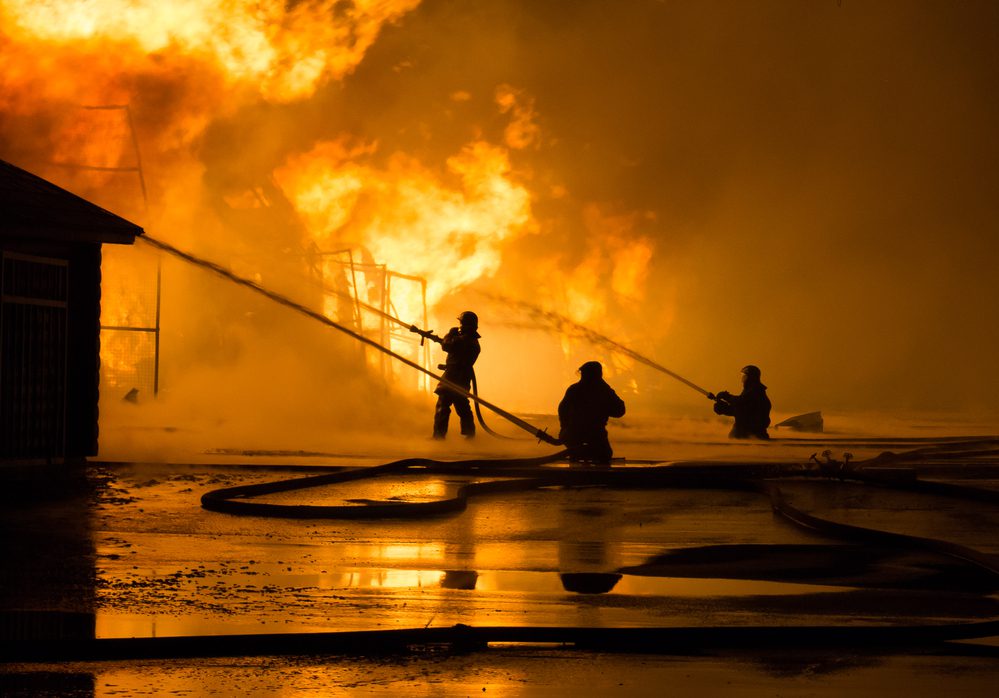
With the variety of risks facing churches today, fire is still the single greatest danger. The intent of this article is to provide a quick look at ways you can minimize the threat of fire at your facility.
Electrical Room Do’s and Don’ts
Restrict access. While storage is always at a premium with most churches, ideally only authorized maintenance or administrative personnel who understand the importance of maintaining a clean well-ventilated electrical room should have access to an electrical room.
Create space. Should you find these rooms being used for storage, store items a minimum of 3 feet away from any panels or equipment to reduce fire hazards and mark the floors with easy to see tape establishing a No Storage zone around electrical equipment.
Extension Cords or Power Strips
An overloaded electrical outlet is more common that you might think. While it’s easy and inexpensive to find quick electrical solutions when your facility is in a pinch, oftentimes, these practices put your organization at risk and tend to become long-term solutions.
Smoke Detectors
If your facility does not have a monitored fire alarm, it’s important that you have sufficient smoke detectors. Ideally smoke detectors should be placed in the middle of the ceiling. As an alternative, they can be mounted on a wall at least 3 feet from a corner and 4 to 6 inches from the ceiling.
Fire Extinguishers
Place one where it can be easily accessed on every level of your building, ideally one for approximately every 2,500 square feet. Consult with your local fire department to see if local laws require more.
Because of their versatility, we recommend the use of Class ABC (2A20BC or 2A40BC) extinguishers throughout your facility, except in kitchens. These extinguishers are light and easy to use. For your kitchen, provide a Class K extinguisher (2ACK or 2A1BCK or similar rating). It should be mounted near a kitchen exit and within 30 feet of cooking appliances, but not in the immediate area above or around them.
Have a professional inspect or recharge each extinguisher annually and properly flagged.
